As a specialty practitioner in pain mitigation, I frequently get asked why people experience an increasing amount of joint and muscle pain with age. Of course, there are many possible answers for this: arthritis, degenerative spinal disc and joint conditions, neuropathic conditions, dietary inflammatory agents, etc. However, the majority of generalized joint and muscle pain are rooted in hypokinetic disease with disuse atrophy.
The terms “hypokinetic disease” and “disuse atrophy” sound like serious medical conditions, but what they essentially refer to is muscle breakdown due to decreased physical activity. When our activity levels significantly drop off our muscles begin to shrink and eventual breakdown of the actual muscle fibers. This process can result in increased sensitivity of the nerves, inflammation, and joint instability.
Acupuncture, deep tissue massage, electro-stimulation, and non-steroidal injection therapy are effective means for eliminating muscle soreness, treating trigger points and hypersensitive nerves, as well as improving circulation and healthy muscle tension.
The number one self-help fix is of course increasing the level of physical activity and re-engaging the muscles. The old myths of having to put in an hour at the gym 3-4 days per week to maintain physical conditioning have long been dispelled. Research has shown that strength exercises performed only once per week can maintain muscles strength in many muscle groups. Now I’m not advocating only exercising once per week; I’m just attempting to reduce the opportunity for excuse making. So consider that while you are not exercising because you hurt, you may be hurting because you are not exercising.


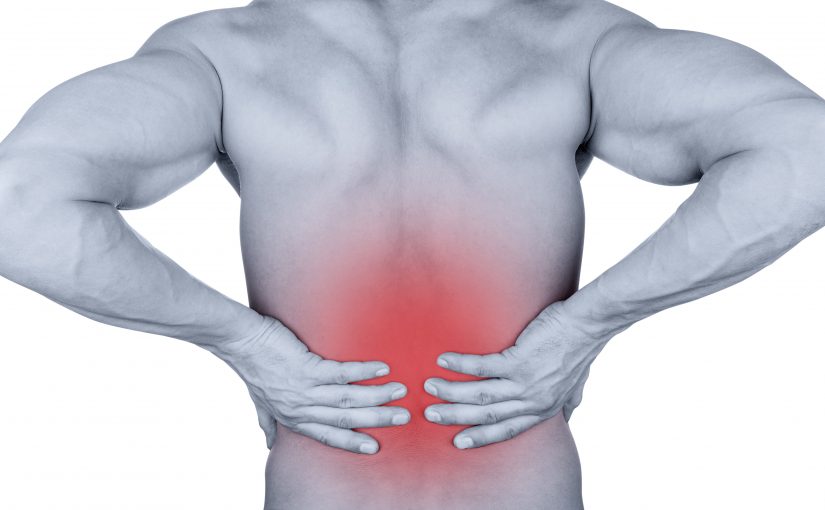
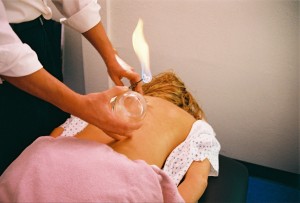
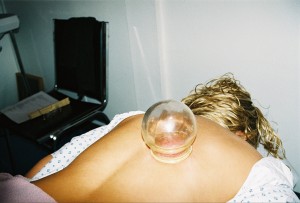
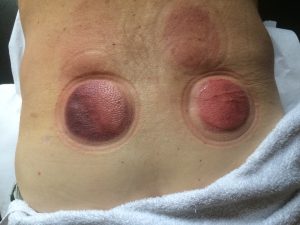
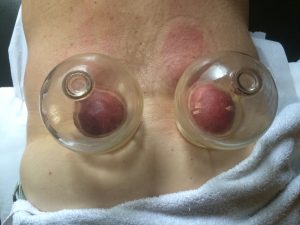 Third, the capillary beds then undergo hemostasis (clotting) to stop the leaking of blood into the interstitial spaces.
Third, the capillary beds then undergo hemostasis (clotting) to stop the leaking of blood into the interstitial spaces.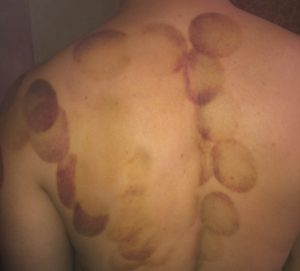 cellular proliferation to the site.
cellular proliferation to the site.